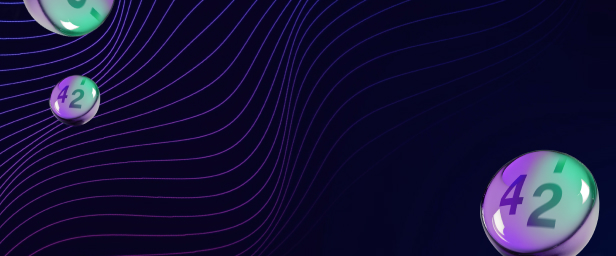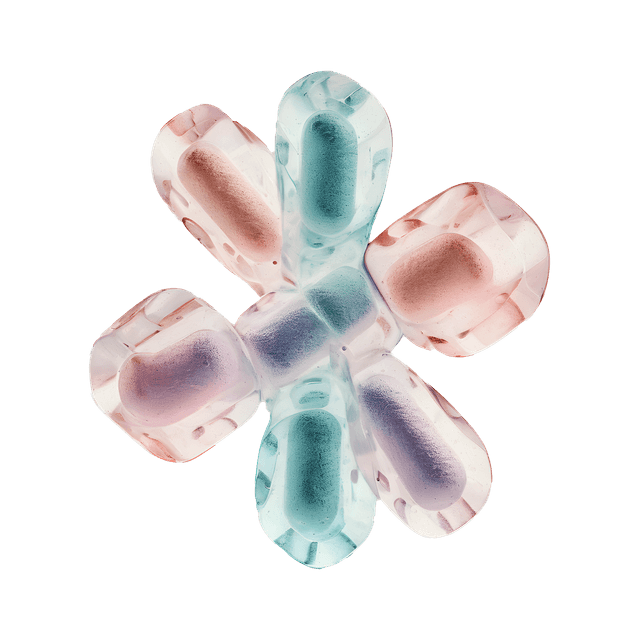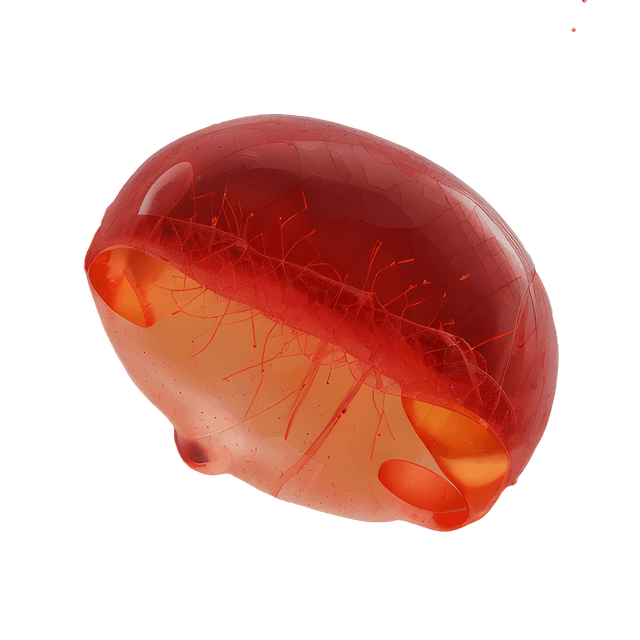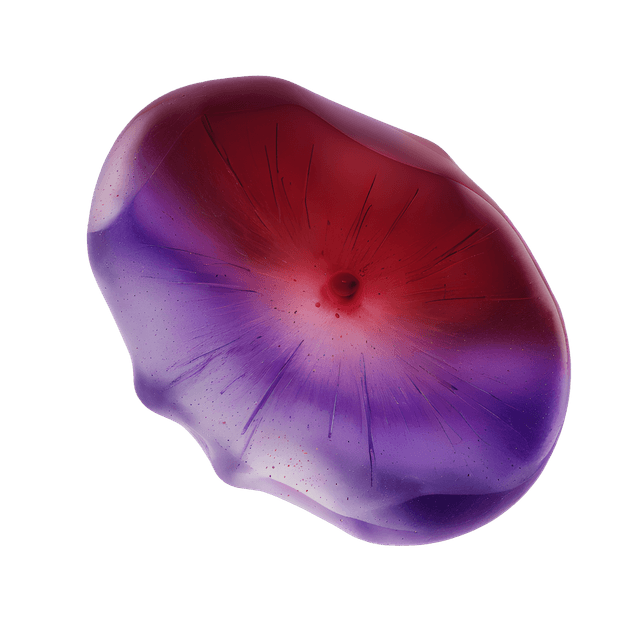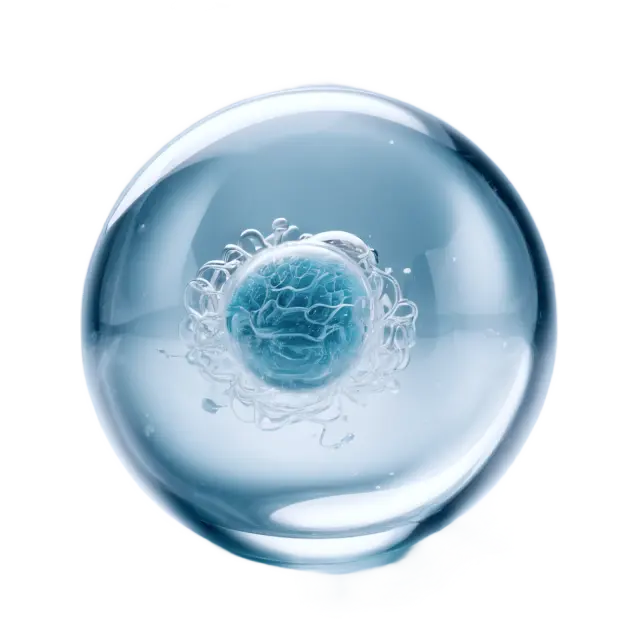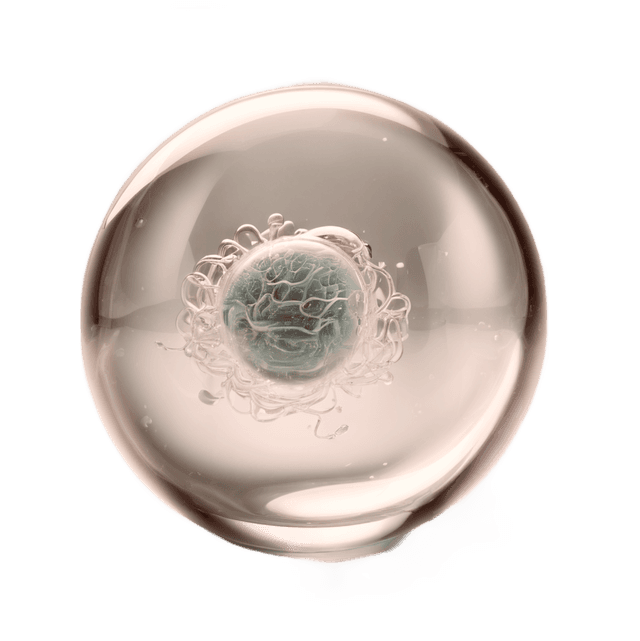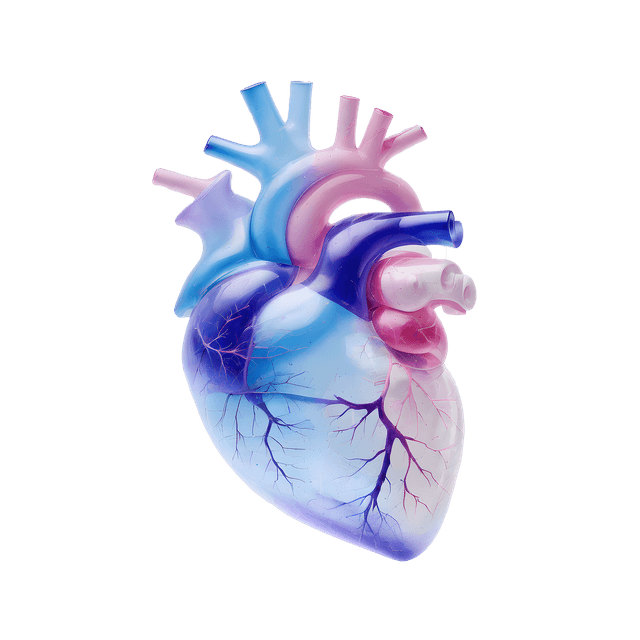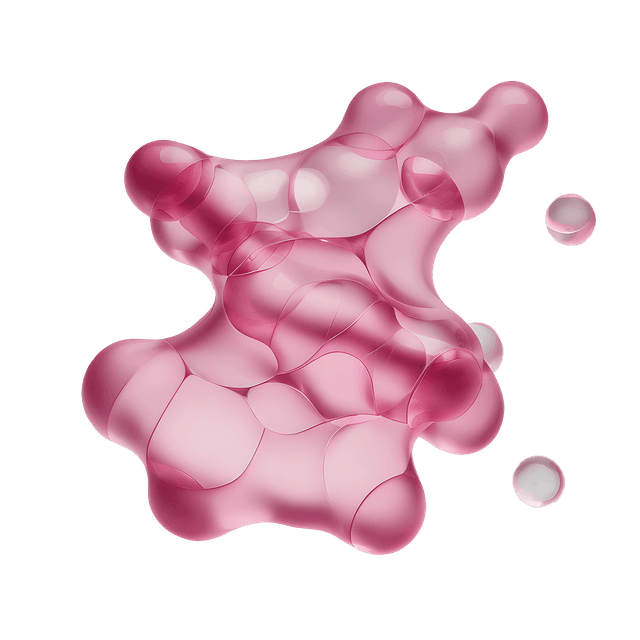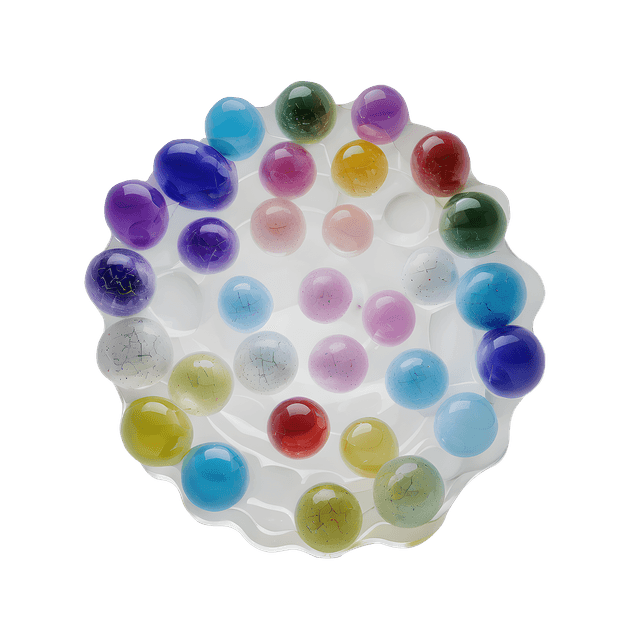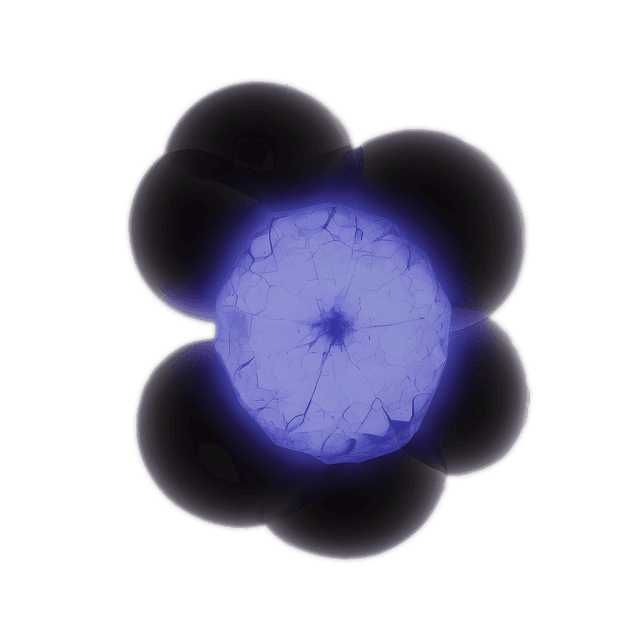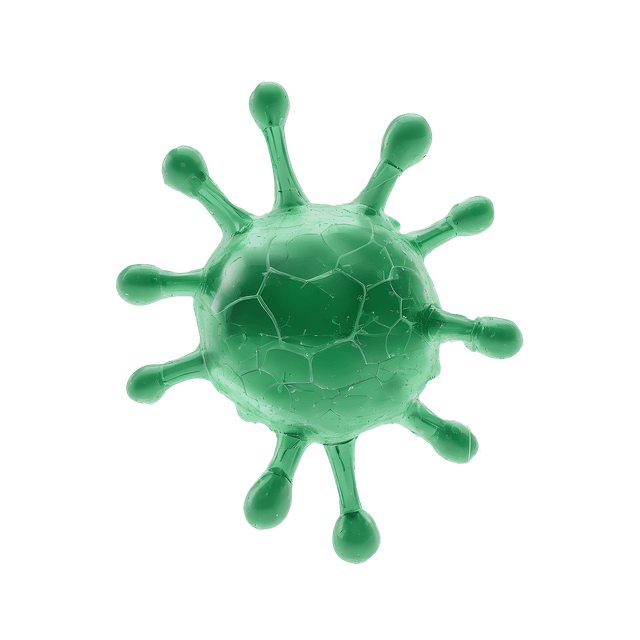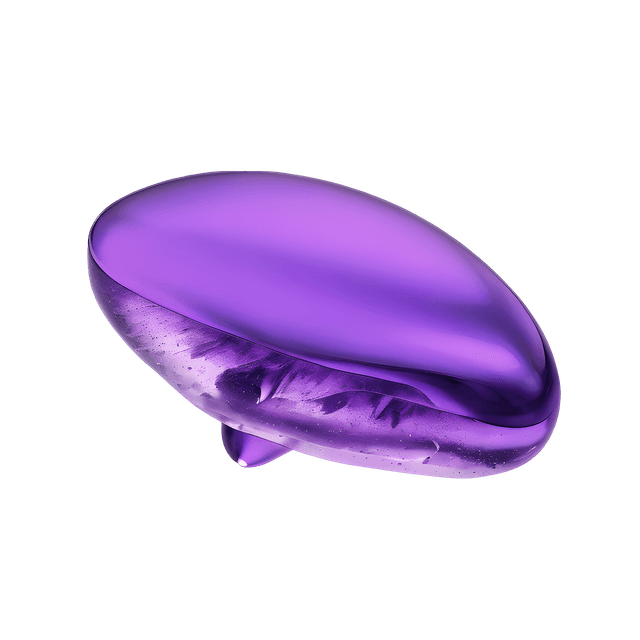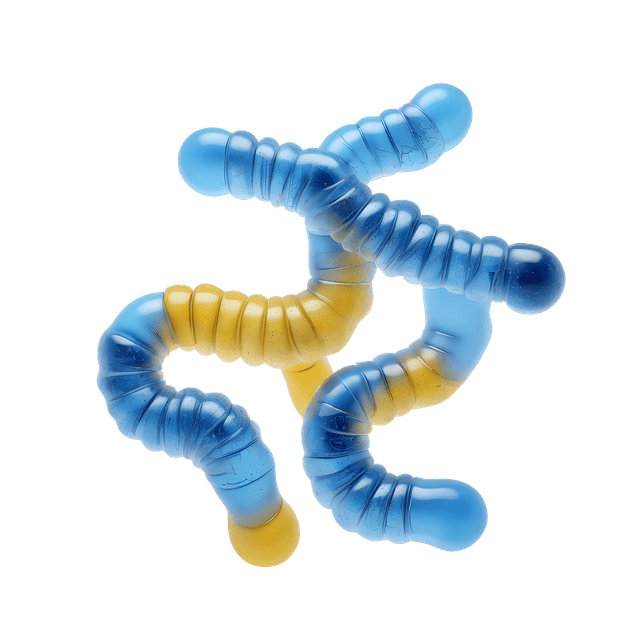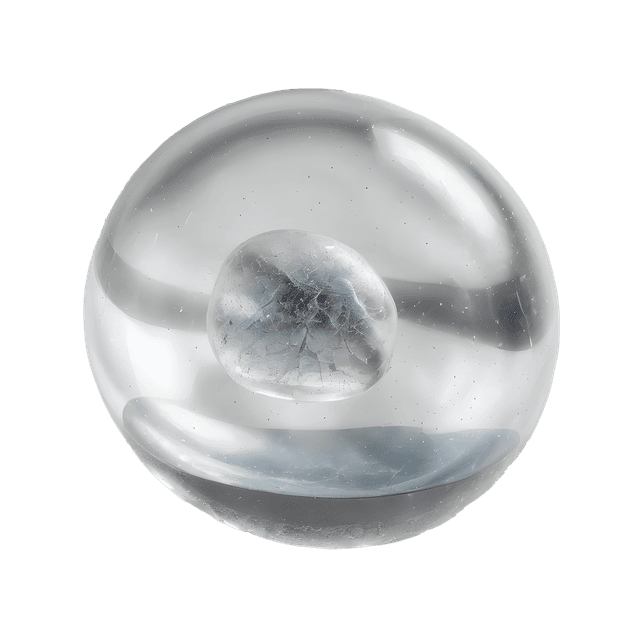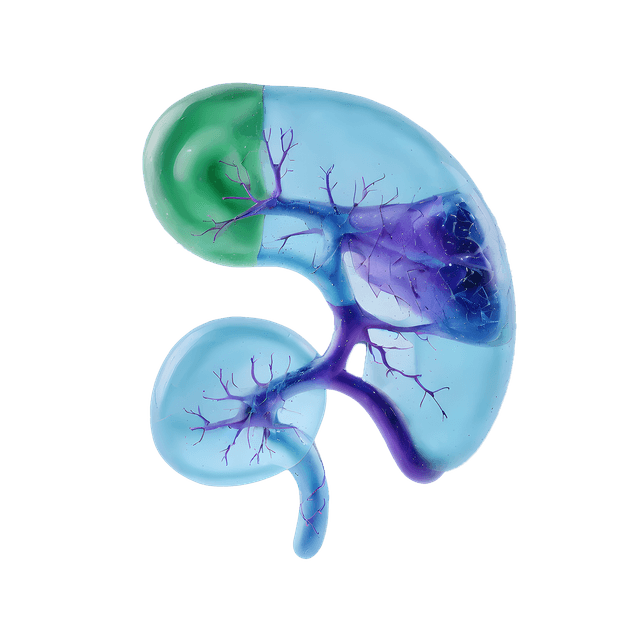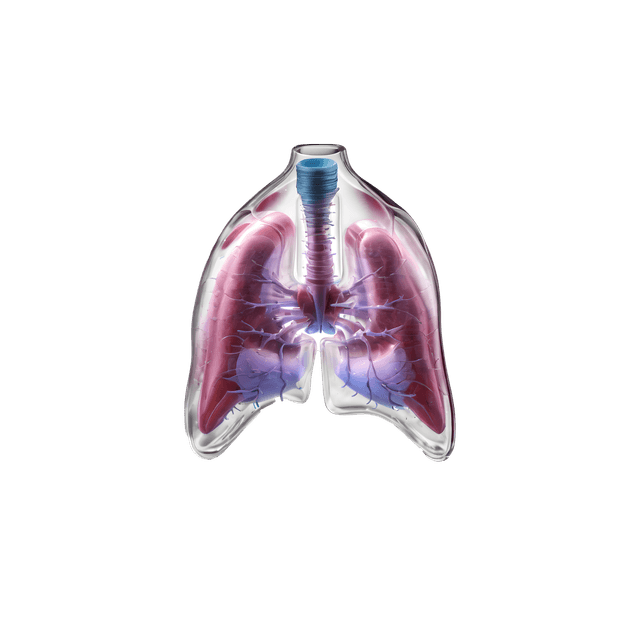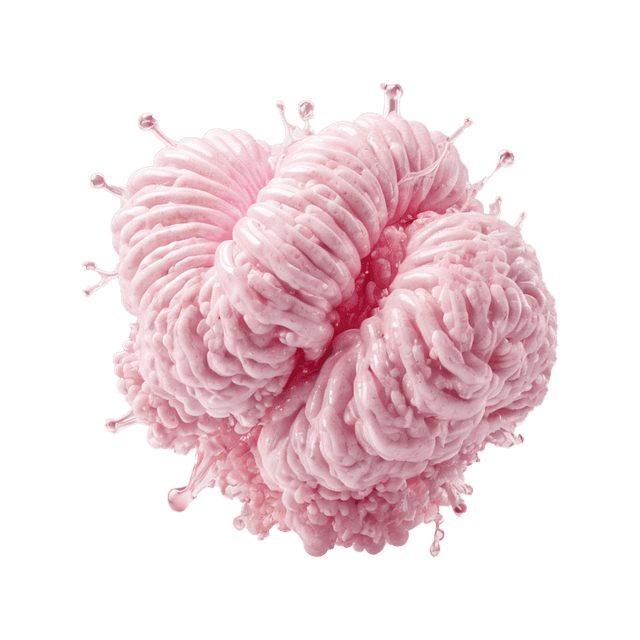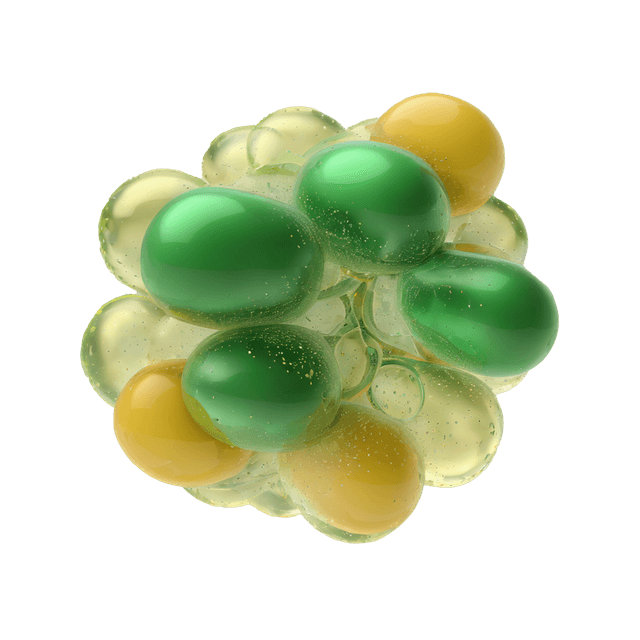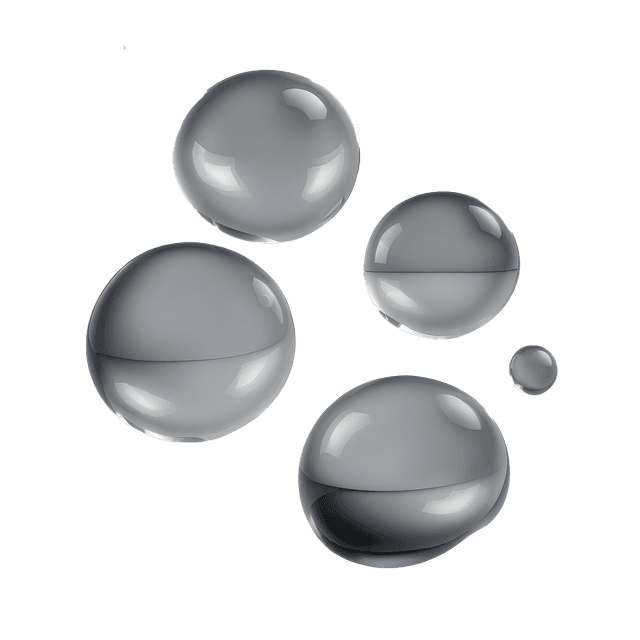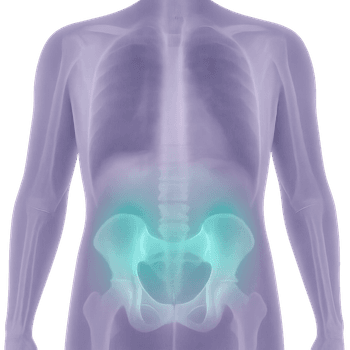Quick version
The sacrum is an important part of the skeleton that connects the spine to the pelvis. The bone relieves the spine and is crucial for movement and balance.
- Consists of five fused vertebrae
- Connects the spine to the hip bones
- Important for the body’s stability
- Common issues include pain and inflammation
- Diagnosis through clinical examination and imaging
What is the sacrum?
The sacrum consists of five fused vertebrae (S1–S5) and is located between the hip bones. Together, they form a strong and rigid structure that connects the spine to the pelvic ring.
Anatomy and location
The sacrum is shaped like a triangle, with a broad upper part and a narrower lower part. It has joint surfaces on both sides that meet the upper part of the hip bone.
Function
The sacrum helps distribute body weight from the spine to the pelvis and legs. It provides stability to the body when we walk, stand, and run.
Joint connections
The sacrum is connected to the hip bone via the SI joint (sacroiliac joint) on each side of the pelvis. The SI joints are strong and have limited mobility, which helps relieve the spine during movement.
Development
At birth, the sacral vertebrae are completely separate. They gradually fuse together, and by the teenage years, they form a solid bone structure.
Common conditions and diseases
Pain in the sacrum can be caused by inflammation of the SI joints (sacroiliitis), fracture, wear and tear, misalignment, or overuse. During pregnancy, it is common to experience discomfort and pain in this area.
Examination and diagnosis
An assessment of the cause of pain can be made through a physical examination, the patient’s medical history, and imaging such as X-ray, CT, or MRI. Book an MRI examination of Hip & Pelvis here.
Relevant symptoms
- Pain in the lower back
- Stiffness during movement
- Tenderness when pressing on the area
- Pain when walking or standing
- Pain radiating toward the hip or leg
Related conditions and diagnoses
- Sacroiliitis
- Lower back pain
- Pelvic instability
- Sacral fracture
- Degenerative joint diseases


